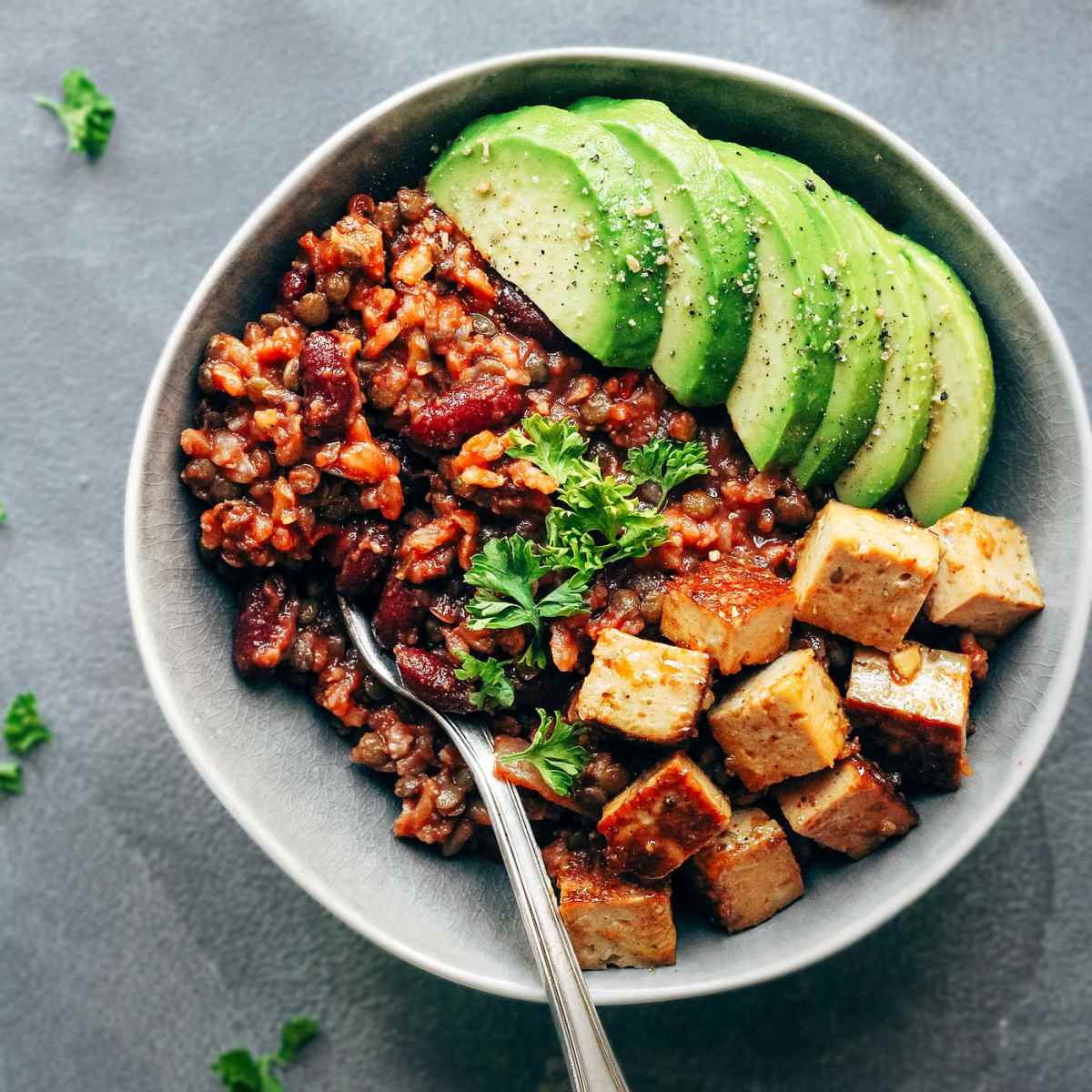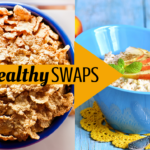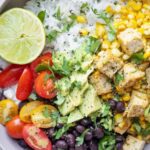Unleash your culinary creativity with a vibrant collection of soy-free power bowls designed to tantalize your taste buds and nourish your body. These recipes, bursting with fresh ingredients and bold flavor combinations, offer a satisfying and healthy alternative to traditional soy-based bowls. Whether you’re seeking a Mediterranean escape with sun-drenched tomatoes and olives, an Asian adventure with zesty ginger and fragrant lemongrass, or a Mexican fiesta with fiery chilies and vibrant corn, these power bowls cater to every palate. Prepare to embark on a delicious journey where wholesome ingredients meet exquisite flavors, creating a symphony of textures and tastes in every bite.
We’ll guide you through detailed, step-by-step instructions, complete with mouthwatering visuals, ensuring even novice cooks can craft these masterpieces. Discover the secrets to perfectly roasted vegetables, learn alternative cooking methods to enhance the flavors, and explore a world of ingredient substitutions to accommodate various dietary needs, from gluten-free to vegan. Finally, we’ll unveil inspiring presentation ideas, transforming your power bowls into culinary works of art.
Presentation and Serving Suggestions

Elevating your soy-free power bowls from a simple meal to a culinary experience hinges on thoughtful presentation and the right accompaniments. The visual appeal of your dish is just as important as its deliciousness; a beautifully arranged bowl invites the diner to savor each element. The right sauce or dressing can transform the entire flavor profile, adding depth and complexity.
Visually Appealing Power Bowl Presentations
Three distinct approaches can transform your soy-free power bowls into vibrant, eye-catching creations. Consider the color contrast and texture variations to create a truly captivating presentation.
Presentation 1: The Layered Landscape. Imagine a bowl where ingredients are carefully layered, creating a sense of depth and visual interest. Start with a bed of vibrant quinoa or brown rice, followed by a colorful layer of roasted vegetables like sweet potatoes and broccoli, then a layer of protein such as grilled chicken or chickpeas. Finally, top with a sprinkle of toasted nuts and seeds, creating a textural contrast and a beautiful visual finish. The warm tones of the roasted vegetables contrast beautifully with the earthy tones of the grains, making this a visually rich and satisfying presentation.
Presentation 2: The Artistic Swirl. This presentation focuses on a dynamic, swirling arrangement of ingredients. Picture a vibrant mix of colors and textures: a base of creamy avocado, spiraled around with ribbons of roasted butternut squash and vibrant red peppers. Scattered throughout are chickpeas or lentils for protein, and a drizzle of tahini dressing adds both flavor and visual appeal. The contrasting colors and textures create a visually stunning masterpiece, inviting the diner to explore the bowl’s delicious contents.
Presentation 3: The Composed Salad Bowl. This approach is ideal for showcasing fresh, crisp ingredients. Begin with a base of mixed greens, then artfully arrange grilled tofu or shrimp, followed by colorful vegetables like bell peppers, cucumber, and cherry tomatoes. A scattering of fresh herbs like cilantro or parsley adds pops of green and a fragrant aroma. This method emphasizes freshness and vibrant colors, presenting a clean and elegant power bowl.
Complementary Sauces and Dressings
The right sauce can significantly elevate the flavor profile of your soy-free power bowl. Consider these options to enhance your culinary creation:
A variety of dressings and sauces can complement the diverse flavors within your soy-free power bowls. Choosing the right accompaniment enhances the overall dining experience.
- Tahini Dressing: A creamy, nutty dressing that adds richness and depth to vegetable-based bowls.
- Lemon-Herb Vinaigrette: A bright, zesty dressing that complements grilled proteins and fresh vegetables.
- Spicy Peanut Sauce: A flavorful and slightly spicy sauce that pairs well with Asian-inspired bowls.
- Avocado Crema: A creamy, healthy sauce that adds richness and a smooth texture.
- Balsamic Glaze: A tangy and slightly sweet glaze that adds a touch of elegance.
Serving Sizes and Temperature Recommendations
Serving size should be adjusted based on individual needs and caloric goals. Generally, a single serving should consist of approximately 1.5 to 2 cups of the power bowl mixture.
Temperature recommendations vary depending on the ingredients. Cold bowls, such as those featuring fresh vegetables and chilled proteins, are best served immediately after preparation. Warm bowls, which incorporate roasted vegetables or grains, are most enjoyable when served warm or at room temperature. Allowing warm bowls to cool slightly before serving prevents burning and enhances the enjoyment of the dish.
From the Mediterranean sunshine to the vibrant spice markets of Asia and the fiery heart of Mexico, this collection of soy-free power bowls offers a culinary passport to global flavors. More than just a meal, these bowls are a testament to the power of fresh, wholesome ingredients and creative cooking. We’ve equipped you with the knowledge and inspiration to craft not just delicious meals, but vibrant, personalized culinary experiences that will leave you craving more. So, gather your ingredients, embrace the process, and savor the rewarding journey of creating your own satisfying soy-free power bowl masterpieces.
General Inquiries
Can I make these bowls ahead of time?
Many components can be prepped in advance. Cook grains and roast vegetables a day or two ahead. Assemble the bowls just before serving for optimal freshness and texture.
Are these recipes suitable for freezing?
While some components freeze well (like cooked grains and roasted vegetables), it’s best to avoid freezing the entire assembled bowl. Freezing can affect the texture of certain ingredients.
What if I don’t have all the specified ingredients?
Feel free to substitute ingredients based on your preferences and availability. The recipes provide suggestions for common substitutions.
How can I make these bowls more filling?
Add more grains, legumes, or a protein source like grilled chicken or tofu to increase the overall volume and satiety.


